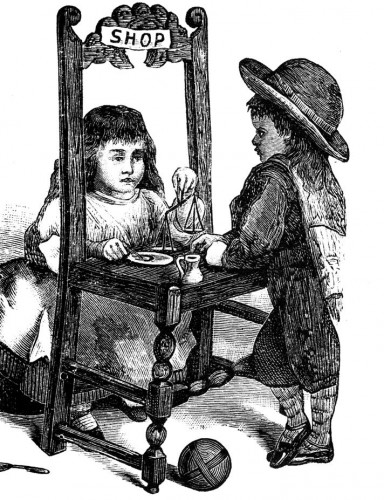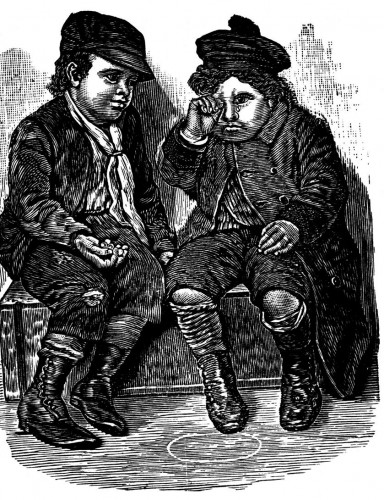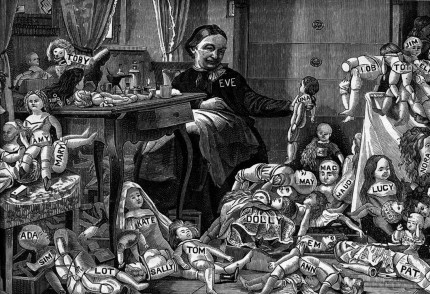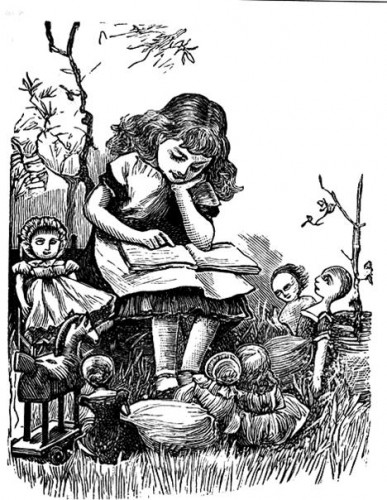Why Have Our Children Stopped Dancing
‘Why Have Our Children Stopped Dancing’….
Reposting this article which was written in 2007 reflecting on a presentation I gave at CAYPAKS (Children and Young People and Key Stakeholders) Convention, and Eating Disorder Prevention and Treatment Conference (2008), titled ‘Why Have Our Children Stopped Dancing’.
Now, 13 years on, particularly in COVID times, it seems even more relevant …
Imagine…..what if we could wave a magic wand to help young people feel better about themselves what would that world look like? Dr Who and his time machine, the Tardis, immediately came to mind. I wondered whether I’d choose to travel into the future or past in search of a place that nurtured the growth of children?
With the good old days in mind, I ventured down memory lane . . . It was a time before automation, technology and mass media had stolen children’s creativity, curiosity and the opportunity for them to build a bank of experiences that develop character, strength and resilience—give life purpose and meaning. A culture where the qualities of kindness, innovation, creativity, community involvement, authenticity, and a social and environmental conscience were considered as valuable, if not more so, as a university degree and a six figure salary.
A time before the rise and dominance of trashy gossip magazines, when intellect and knowledge was more highly sought than the latest gossip—when books exercised imagination and libraries were more popular than newsagents stands.
A place where trains, taxis and cars were purely modes of transport not mobile billboards that constantly undermined and threatened the unique diversity of human beings, setting impossible ideals and maintaining the constant state of dissatisfaction that consumerism breeds.
A time when tables were set and warm family conversations flowed over a lovingly cooked dinner; community spirit was alive, neighbours said ‘hello’ and the butcher knew your favourite cut of meat (and offered the kids a fresh slice of polony or from my childhood memory bank—a raw sausage).
A time when children used their creative minds rather than junk mail catalogues to handcraft presents and cards for the many occasions we celebrate.
I imagined children playing in backyards big enough to run, jump, play and hide in. Un-manicured and un-landscaped spaces where they could build and dig; experience dirt under their fingernails and grass stains on their pants.
Having free time outside of structured activities, to lose themselves in the imaginary world their curious minds create. Experience that child-like sense of wonder of nature and the world around them as opposed to the fabricated, two dimensional world of television, computer and phone technology.
I imagined little girls playing make believe games of tea parties; mothering their dolls; baking sand cakes and playing shops rather than imitating the lives and dress sense of sexed up idols and celebrities propelling them into shopping sprees for padded bras, mini skirts, high heel shoes and midriff tops.
A time when the wisdom that comes with aging was considered more valuable and desirable than the lack of wrinkled foreheads, eyes and necks – breasts that defy gravity.
A time when shops were closed on weekends and people returned to filling that time with picnics and Sunday drives to experience the world outside shopping complexes and the subdivided block . . .
A time when fat was adipose tissue, an essential part of a healthy body and diet—not the enemy, something to be feared, hated, sucked out, burnt off, wrapped, massaged and run off. (See ‘Fat – A Dirty Word‘ by Dr Michael Levine).
Pinching myself out of my day dreaming, I reminded myself that there was a lot about the good ol’ days that wasn’t so good. I grind to a halt. Cigarettes now pop into my mind. Yes. Who would have imagined in their wildest dreams that one day cigarette advertising and smoking in public places would be banned. This thought propelled me into the future . . .
. . . A time when magazines and billboards would also be banned in public places—on pubic transport. Where advertising, particularly during prime children’s television viewing times was considered as hazardous to their health and future as smoking.
A time when beauty, gossip and mens magazines were only available from behind the counter to those with proof of age—not displayed at the eye level of children on newsagent shelves.
A time where it was considered inappropriate for womens and mens magazines to be within the reach of children and young or potentially vulnerable people in waiting rooms, beauty salons, cafes and supermarket checkouts.
Stopping for a moment to check where I’m going with this time travel theme it struck me that the good ’ol days was a time when we had …
. . t i m e.
Time to talk, think critically, live consciously, make carefully considered choices. More time for our children— to talk, share the adventures of the day, read bedtime stories, play, rest, eat and explore together.
At this point I realise I’ve gone down the habitual path of searching for answers, for a ’fix’, outside of myself—a magic wand, a time machine—when there are many simple things I can do personally, we can do individually, and as a community, to make a difference – to create positive change.
Change however, takes time—and one must first create time before change can occur. If time is something most of us are struggling to get however, let alone give, then we can forgive ourselves for not getting around to creating those changes we promise ourselves.
Preservation however, may be a more achievable goal. Preserving the things in our lives that are meaningful, make us feel good, others feel good too and have stood the test of time.
Another thought is to simply resist all that makes us feel discontent and dissatisfied. All that disconnects us from ourselves and the real world around us. The ‘work hard/play hard’ ethic we’re being swept up into. The worshiping of celebrities and the desire this ignites for the pursuit of personal fame and fortune and a luxurious lifestyle. If we resist these cultural trends, then it might actually save time – ie the time that would be required down the track when all of this has driven us to breaking point and we realize personal, environmental and social change is necessary for survival.
So let’s turn the focus to NOW—to the present. What if we aimed to at least preserve the good old fashioned things like community spirit and supporting each other’s positive growth and sense of worth rather than adopting the critical, voyeuristic and narcissistic tendencies generated by reality TV and talent shows and through social media.
Preserve storytelling and the wisdom and insight gained from the ’real’ and meaningful ones. The connections made by talking face-to-face and through physical touch. The warmth and hope that generates from simple acts of kindness. Preserve the time to ensure our emotional, mental and physical needs and that of our children are met. Do any of these and you will make the world a better place.
We all have the individual capacity to significantly influence our immediate environment and collectively that would most definitely affect the bigger picture.
We can all realistically aim to create a non-toxic environment for ourselves and our children by controlling what we allow into our homes and lives – challenging and resisting toxic cultural trends (as best we can).
We can all resist consumerism and save our children from the dissatisfaction it breeds. Eat more meals together at a set table. Watch less television. Have ‘switch off’ time from electronic devices. Preserve unstructured spare time and space to think and act from a sound level of consciousness and value this as essential to our well being as productivity.
If we hold onto, nurture and value home and family and the view that time and the role of parents is our most valuable commodity of all, I am certain we would improve the lives and world of our most precious (and threatened) asset—our children.
Pictures above from ‘Coles Funny Picture Book’. A book by E.W. Cole who began a small publishing and second-hand book selling business in Melbourne in 1865, and by 1873 had opened the first incarnation of his book arcade. The Cole’s Book Arcade became one of the great iconic stores of Melbourne in the late 19th and early 20th centuries. The picture book is full of Victoriana puzzles, stories, poems, jokes and “nutty humour”. The copy pictured, was bought at a school fete for 50 cents.




